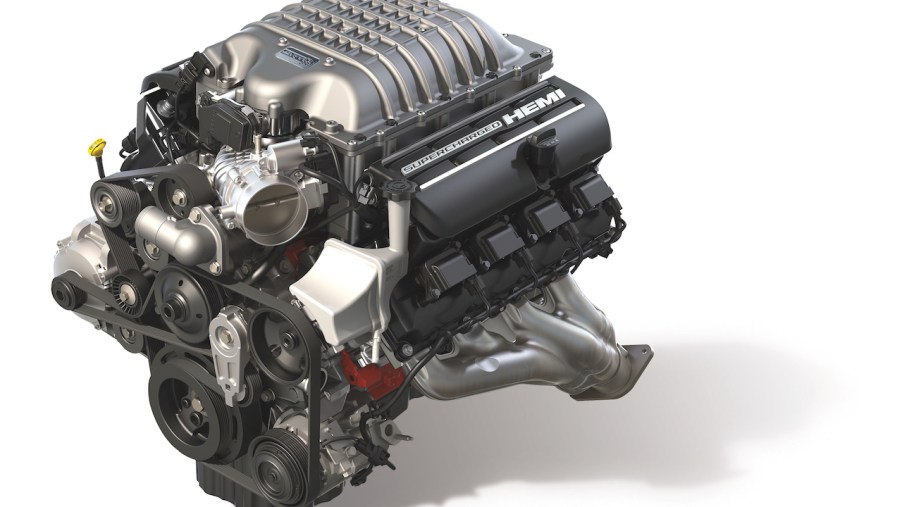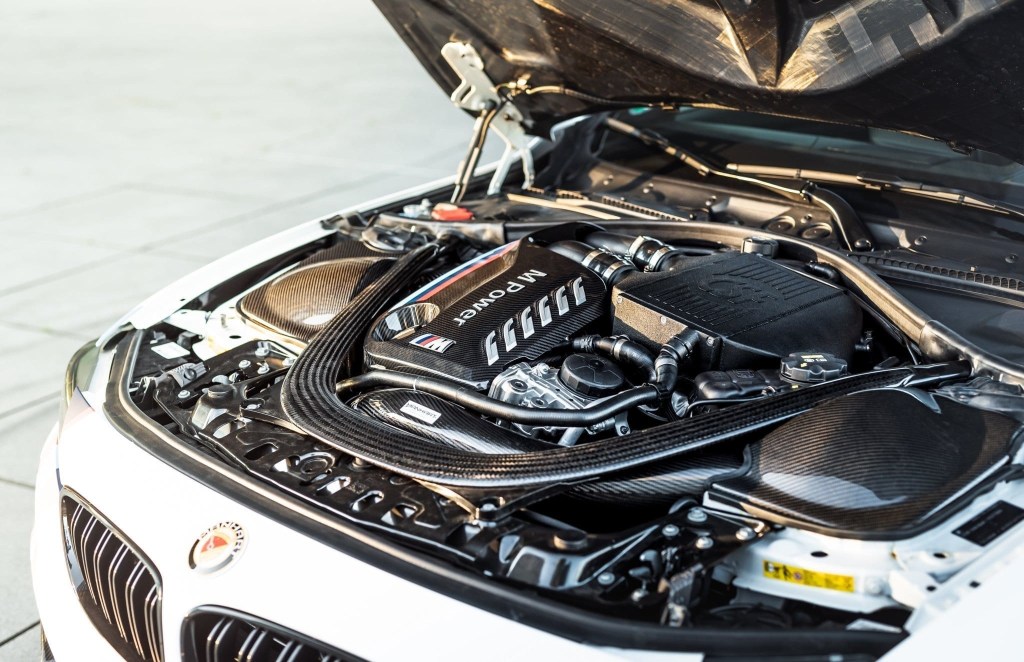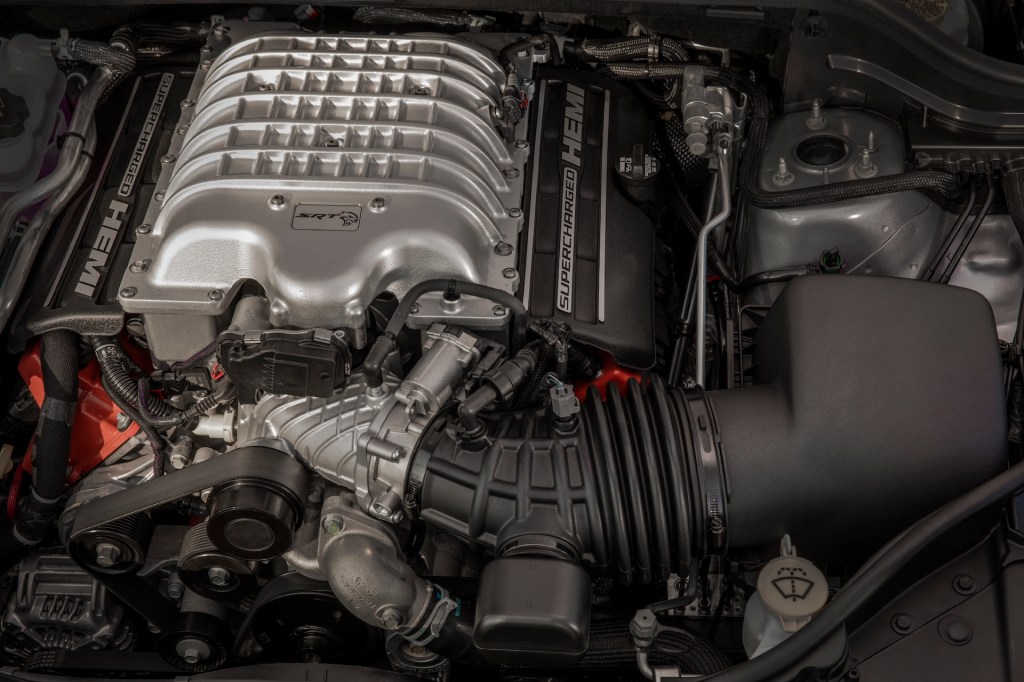
Should You Upgrade Your Motor Mounts?
You’ve probably never given much thought to exactly how your engine sits under the hood. While we understand basic things about the engine like changing the oil and that bigger displacement motors are supposedly faster, we don’t think about how all of the components fit together. That is until something goes wrong and you need to change things, like your engine mounts. If you have a good old case of “while-I’m-in-there”s chances are you’ve considered upgrading your motor mounts, but it is really worth the cost?
Upgraded motor mounts
The term upgraded motor mounts doesn’t mean much, but for performance-oriented cars, it typically means swapping from your standard OEM motor mounts to ones made of polyurethane. This is something that is more common for sports cars, but if you don’t understand what the difference is, you might just opt for the upgrade because it sounds cooler. But, if you don’t pay attention, you might hate your new motor mounts.

Polyurethane versus rubber
Rubber is the material typically used for motor mounts, and chances are if you have a failing motor mount, it is the rubber to blame. While relatively harder, there are some benefits to choosing polyurethane motor mounts over the factory-installed rubber. These are a good option if you are looking to do some performance upgrades to your car that will increase its power, as they are more rigid. They will, however, cause you to feel the vibration of the engine more, making the ride seemingly less pleasant.

The third option
If you’re a little bit more hardcore, you might bypass polyurethane motor mounts to something more intense. If polyurethane mounts don’t scare you, perhaps solid metal motor mounts will. You would typically only use full-metal mounts if you were building a race car or high-horsepower performance car. Ditching any option for vibration absorbance, however, these can make for a pretty unpleasant driving experience. According to On All Cylinders, unless you drive a race car, you should pass on this option.

For the typical car, however, there is really no reason to upgrade your motor mounts. The typical rubber motor mounts that come in your car from the factory are designed to help absorb some of the vibrations from the engine and provide a better driving experience. Unless you want to tune your car for better performance and higher horsepower, there is no need to switch out your motor mounts for ‘upgraded’ ones.


